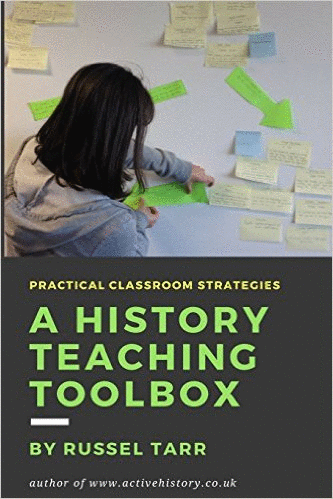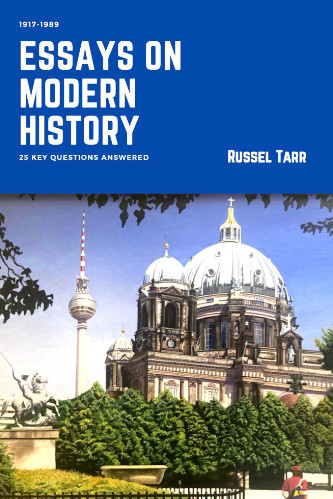Transform your history classroom
ActiveHistory provides educational, award-winning interactive simulations, decision-making games, self-marking quizzes, high-quality worksheets and detailed lesson plans for the school history classroom. All resources have been designed by full-time history teacher Russel Tarr.
An ActiveHistory subscription provides everything you need to construct and deliver a History course from start to finish for the entire 11-18 age range!
These consist not just of lesson plans, worksheets and teacher notes, but also multimedia lectures and interactive games and historical simulations ideal for remote learning and self-study.
World History teaching resources for the high school classroom: lesson plans, worksheets, quizzes and simulation games for KS3, IGCSE, IB and A-Level teachers.
Why did "teenage" identity start to emerge in the 1950s?
Students are introduced to the creation of the modern teenager after World War Two, and listen to a wide variety of songs in different styles (blues, gospel, country, crooners) to compare and contrast them in terms of style and lyrical content.
What sorts of movies were popular with teenagers in the 1950s? | Introductory Video - B-Movies (5 movies) | Plenary Video - JD Movies (8 minutes)
The first signs of a distinctive “teenage” identity emerged not with music, but in film. Young people in the 1950s America grew up at a time of economic prosperity. They had more money than ever before, and spent it on clothes, cars and nights out. The “drive-in” cinemas were increasingly popular with teenagers, and so the Hollywood movie studios started to produced films directed towards young people for the first time. These cheap films were made on a low budget for teenage drive-in movie theatres. In this lesson students research the plotlines of some of the most hilarious B-Movies, but also learn about three key films which created the image of the "teenage delinquent" (i.e. teenage rebel): The Wild One (1953), Rebel Without a Cause (1955), and Blackboard Jungle (1955).

How and why did adults and teenagers disagree about Elvis Presley?
By the mid-1950s, there were lots of interesting developments going on in youth culture: a mass white audience with money to burn, young black musicians with amazing energy and talent, and a thriving movie industry catering for a teenage market. What was missing, though, was somebody who could bring it all together...

Who was the greatest of the other Rock 'n' Rollers?
In this activity you will take on the role of a Rock ‘n’ Roll manager. A major record label is willing to offer a lucrative contract to TWO acts. Your job is to make sure that your client gets one of these contracts!

Why did Beatlemania sweep the USA in the 1960s?
Through an analysis of the music, lyrics, fashion and politics of the 1960s, students learn about the cultural impact of the Beatles in the 1960s. They match images of the Beatles to the correct dates through the help of musical clips; examine their album art (and even design their own version of the 'Sergeant Pepper' cover); and research other great album covers from rock and pop history.
Online Simulation: Are you the 'fifth Beatle'?
In this simulation, you will be presented with a series of situations that faced The Beatles during the 1960s, and regular video clips of The Beatles being interviewed and singing their songs.
At the end of the simulation you will be told how many of these decisions matched those of the real group. Based on your choices, you will then be matched to a person who has been described as the "fifth Beatle" and you can research them further.

Teen music fashions since the 1960s: can you design your ultimate festival line-up? | Sample poster | More sample posters
In this activity you will learn about some of the most important music genres that developed from the 1960s onwards. You will use what you learn to produce your own personal music festival with the very best bands, and create a poster to advertise it!


© 1998-2025 Russel Tarr, ActiveHistory.co.uk Limited (Reg. 6111680)
1 Torrin Drive, Shrewsbury, Shropshire, SY3 6AW, England
Privacy Policy | Contact






